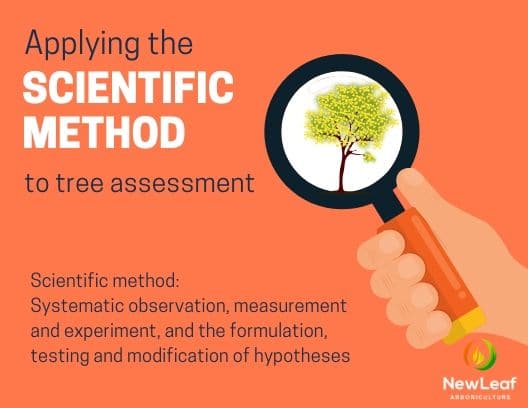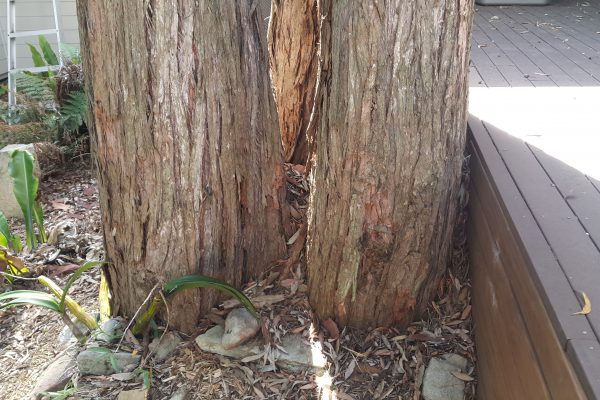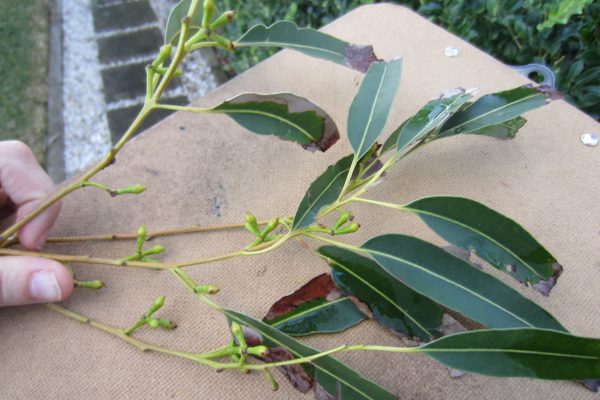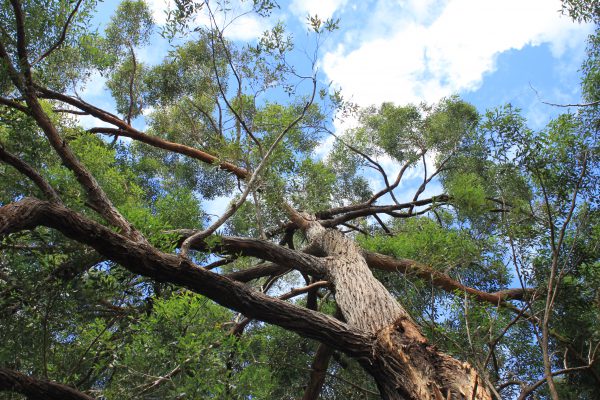Are you wondering how a consulting arborist goes about their work?
As an arborist going into any tree assessment situation, we’ll usually have some background information, which may help or hinder the assessment. You might have been told that the tree has been poisoned by a neighbour, or that the tree suddenly got sick for no reason. And the people involved may have strong emotions relating to the tree (either negative or positive).

Customer service and listening to your client and other stakeholders are important parts of being an arboriculturist, but this is only part of our role.
Arboriculturists should apply the scientific method every time they need to make decisions and recommendations about a tree. What do I mean by this? The definition of “scientific method” according to our friend Google is:
a method of procedure that has characterised natural science since the 17th century, consisting in systematic observation, measurement, and experiment, and the formulation, testing, and modification of hypotheses.
The first part of that process happens on site, looking at the tree, and I’ll explain how I go about that in my work now. A good portion of the process also happens back in the office (or wherever I’m doing my “thinking” work). Formulating hypotheses might not happen until I’ve done some further investigation about what I’ve observed on site. I’ll go into that process in a follow up article.
So after listening to the client and asking relevant information-gathering questions, arborists must make objective observations of the tree and its surrounds, measure and record the information, and check that all the relevant information has been gathered.
How exactly? This is my approach.
Firstly I’ll let the client know that I need some time (I give them an estimate e.g. 15 minutes, 30 minutes) to take my notes and photos and do the assessment.
View the tree from a distance, and close up from all sides where possible. Look at all parts of the tree, and it’s “body language”, including evidence of root locations. Observe surrounding structures, other trees and vegetation, ground surfaces, recent construction or disturbance in the vicinity including neighbouring properties. Systematically take measurements and assessment data (health, structure, dimensions etc) – fill in a form for each tree. Take notes and photos throughout the visual assessment. Based on initial observations, does further information need to be gathered, such as soil probe, close inspection of defects, measurements or estimates of branches which might need pruning, measurements of setbacks from structures, sounding hammer, binoculars to inspect the crown, take samples for identification of species or disease, inspection from different perspectives…
It may not be possible to give conclusive advice immediately after inspecting the tree. I consider all the information collected on site as well as other information that still may need to be gathered afterwards. But I usually give the client (if they’re present at the time) some preliminary thoughts on my observations and possible outcomes.
Consulting arborists (and anyone who gives professional advice about trees) need to be cognisant of the legal and ethical risks and responsibilities of providing advice. Anyone who gives advice about trees should be suitably qualified (AQF level 4 or 5 in Australia) and insured (professional indemnity and public liability).
I’ll go into more detail about the methods I use to further assess a tree after leaving the site, in the next part of this article.
This article was written by Jacki Brown, Arboricultural Consultant and Director of New Leaf Arboriculture, to give some insight into the tree assessment process for the benefit of those seeking Arboricultural advice and fellow consulting arborists, and it was first published on www.newleaftrees.com.au.



